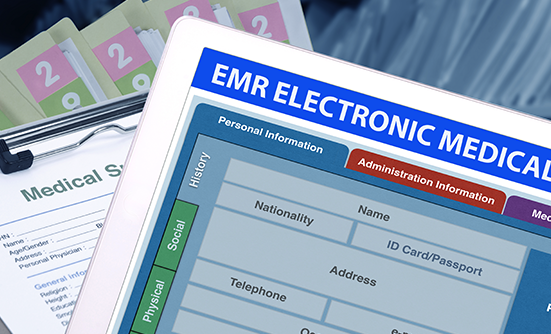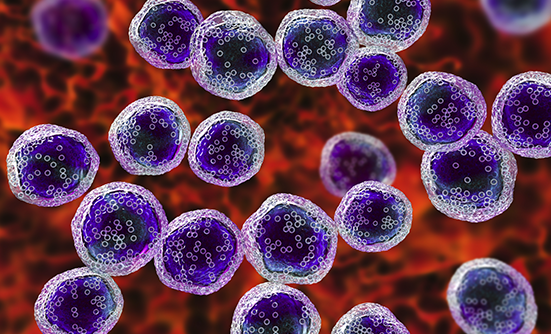Lymphoma
In February 2019, the FDA issued a letter to raise awareness of the risk for a rare type of lymphoma, BIA-ALCL, that is linked to all types of breast implants. Although this is an uncommon reaction to implants, all women who have or intend to get an implant after breast cancer should be aware of this risk. Learn more about this risk here. Read More ›
Many patients with mantle-cell lymphoma face challenges related to the cost of their medications and other expenses associated with their care. Fortunately, assistance is available for many patients in need. Read More ›
Many clinical trials are taking place to investigate new drugs for treating mantle-cell lymphoma. Patients who are thinking about participating in a clinical trial should speak with their healthcare team to get all the facts before making their decision. Read More ›
Cancer treatment can be expensive, with numerous unplanned expenses. Fortunately, members of the healthcare team can help guide patients to the resources they need to plan ahead. Read More ›
Although stem-cell transplantation can be an effective treatment for mantle-cell lymphoma, patients have many things to consider when deciding whether this option is appropriate for them. Read More ›
It is an exciting time for mantle-cell lymphoma research, with several new therapeutic options showing promise in treating this rare but often aggressive form of non-Hodgkin lymphoma. Read More ›
Electronic medical records can help healthcare providers communicate and share information more efficiently than ever before, resulting in tangible benefits for patients with cancer. Read More ›
The majority of people with mantle-cell lymphoma are covered by Medicare, which has several coverage options for patients to consider. Read More ›
To deliver the best possible care, members of the treatment team must communicate and coordinate with one another. Patients with mantle-cell lymphoma can take an active role in ensuring their treatment team stays connected. Read More ›
If their first treatment stops working, patients with mantle-cell lymphoma are prescribed a different therapy. Several new treatment options are available for these patients, with several more being studied in clinical trials. Read More ›














